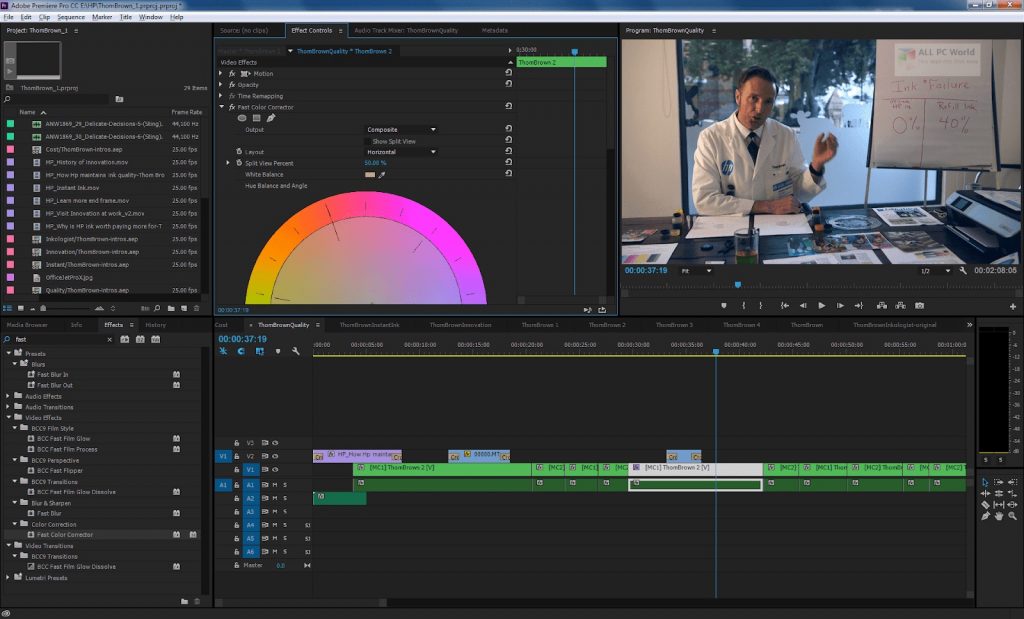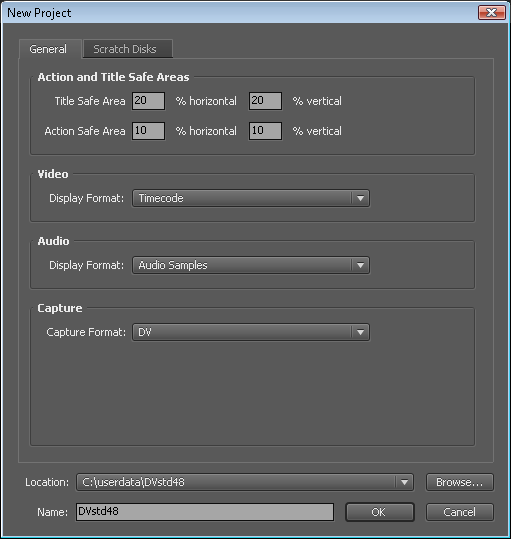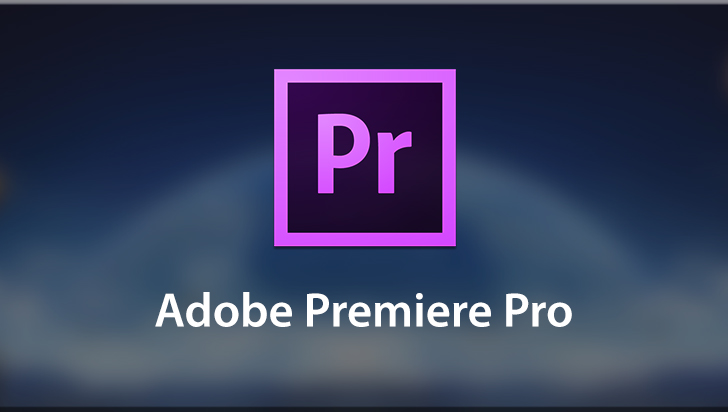

There are a couple I’ve seen at Toolfarm. For a very long form edit – it might not work so well and you might want to buy a PPro Keyer for more flexibility. I am doing a bunch of short sequences this way and it seems to be working well. Go back to PPro and the sequence with the key has been updated as well. Then go back to AE and open the project – it automatically updates – if the timing changed you do have to adjust that in the comp.) Then export the file to the same name. If you need to change the edit, you go back to the original sequence and re-edit. Render and serve.Īt least that’s how I am choosing to go about it. Import that file back into PPro (as a file, not as an AE project – you can only dynamically link on one direction.) Create a duplicate of your edited sequence (very important as the edit is dynamically linked to AE) and rename the new sequence and put the AE file over the edit in the new sequence (it’s useful to have the edit as a reference for edit points) – turn of the edited track and voila! It’s all keyed.


Then export the composition as lossless+Alpha. Provided the green screen is pretty similar in all the different shots that’s it for keying. The latest updates of this video editor released in 2018 brought more powerful tools filmmakers can use to create end credits. Apply the Keylighter effect to the entire sequence. 3 Ways of Creating the Credit Roll in Adobe Premiere Pro Adobe Premiere Pro’s Title panel has been replaced by the Essential Graphics panel, a couple of years ago. You will the get a single track of video. Then in After Effects use File>Adobe Dynamic Link and chose Import Premiere Pro Sequence. Edit in Premiere Pro CS4 all the footage that needs to be keyed.


 0 kommentar(er)
0 kommentar(er)
